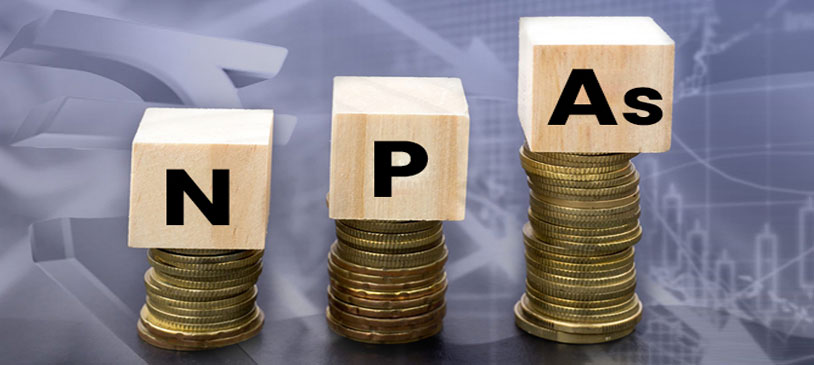After rising for seven years, non-performing assets reported by banks are showing a decline, helped by a conducive policy environment and the Insolvency and Bankruptcy Code (IBC), the Reserve Bank of India (RBI) said in its report on trend and progress of banking in India, a development that.”brings some cheer for the financial sector and policymakers grappling with the problem of bad loans.
The report also pointed out that the credit growth remained muted while the health of cooperative banks continued to decline, marked by the crisis in city-based PMC Bank.
The gross NPAs declined to 9.1% in March 2019 from 11.2% in March 2018 as recognition of bad loans neared completion, the report noted. “Decline in the slippage ratio as well as a reduction in outstanding GNPAs helped in improving the GNPA ratio. While a part of the write-offs was due to aging of loans, recovery efforts received a boost from the IBC.
The restructured standard advances to gross advances ratio began declining after the asset quality review (AQR) in 2015 and reached 0.55% at end-March 2019,” the report said.
The report showed that all bank groups recorded an improvement in asset quality, with PSBs experiencing a drop both in the GNPA and in the net NPA ratios. However, the deteriorating asset quality of private banks in terms of the GNPA ratio is due to the reclassification of IDBI Bank as a private bank effective January 21, 2019. If IDBI Bank is excluded as a private bank, GNPA ratio of these banks showed a decline.
Recovery of stressed assets improved during 2018-19 mainly because of resolutions under the IBC, which contributed more than half of the total amount recovered.
However, recovery rates yielded by major resolution mechanisms (except Lok Adalats) declined in 2018-19, especially through the SARFAESI mechanism. “Cases referred for recovery under various mechanisms grew over 27% in volume and tripled in value during the year, leading to a pile-up of bankruptcy proceedings. This highlights the need to strengthen and expand the supportive infrastructure,” the report said. Experts said a turnaround in credit growth is unlikely soon.
The RBI report flags the reduction in banks’ NPAs as well as better capital buffer enjoyed by PSU banks of late. However, credit growth stays markedly weak in recent months, year-on-year growth in bank credit had been in single digits, with industrial credit lagging retail lending,” said Siddhartha Sanyal, Chief Economist & Head of Research
Bandhan Bank Despite the RBI cutting rates and abundant liquidity with the banking system, a quick turnaround in credit growth is not expected as consumer and business confidence remain weak, while banks adopt a cautious stance.”
SOURCE: bit.ly/2ruDA1K
